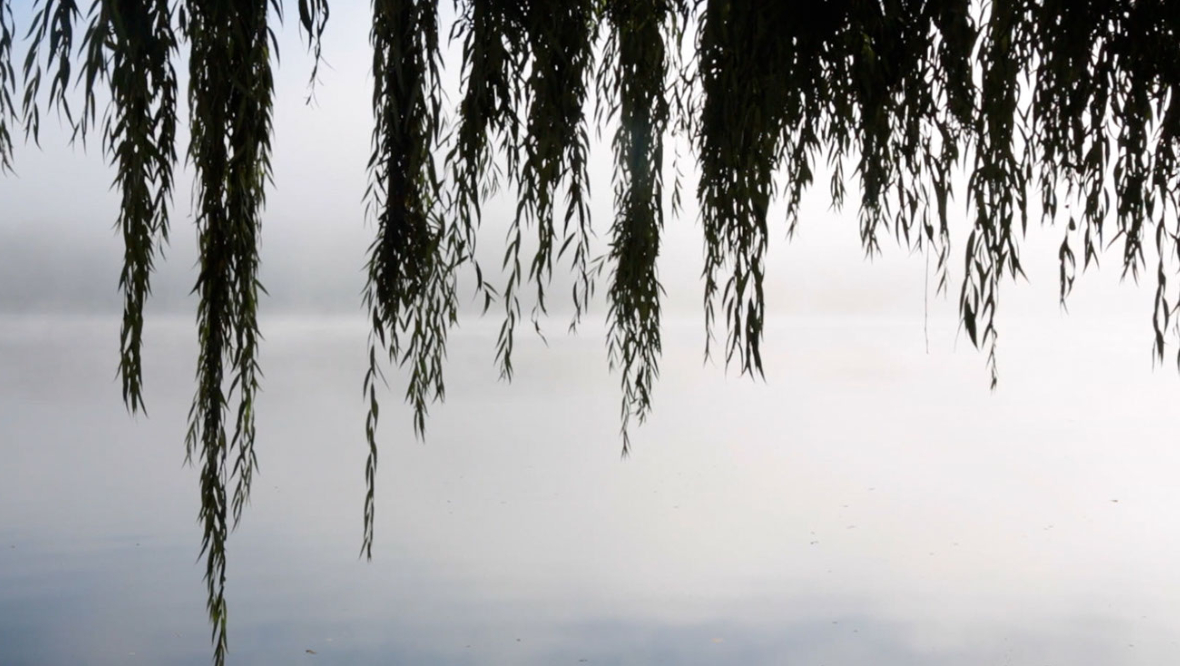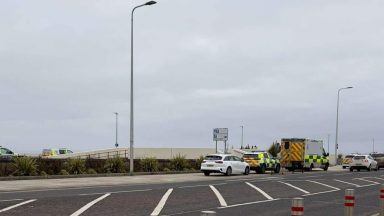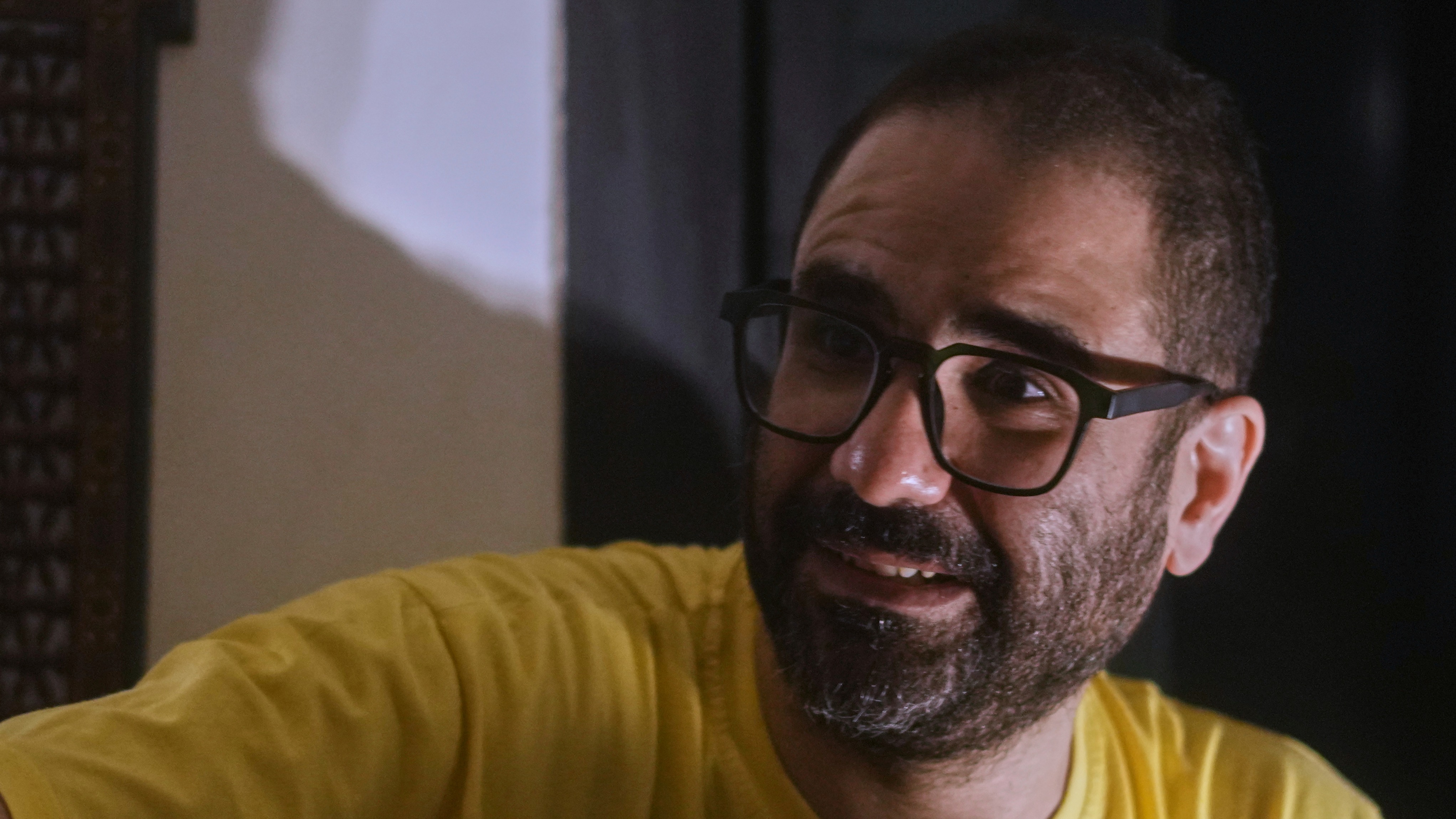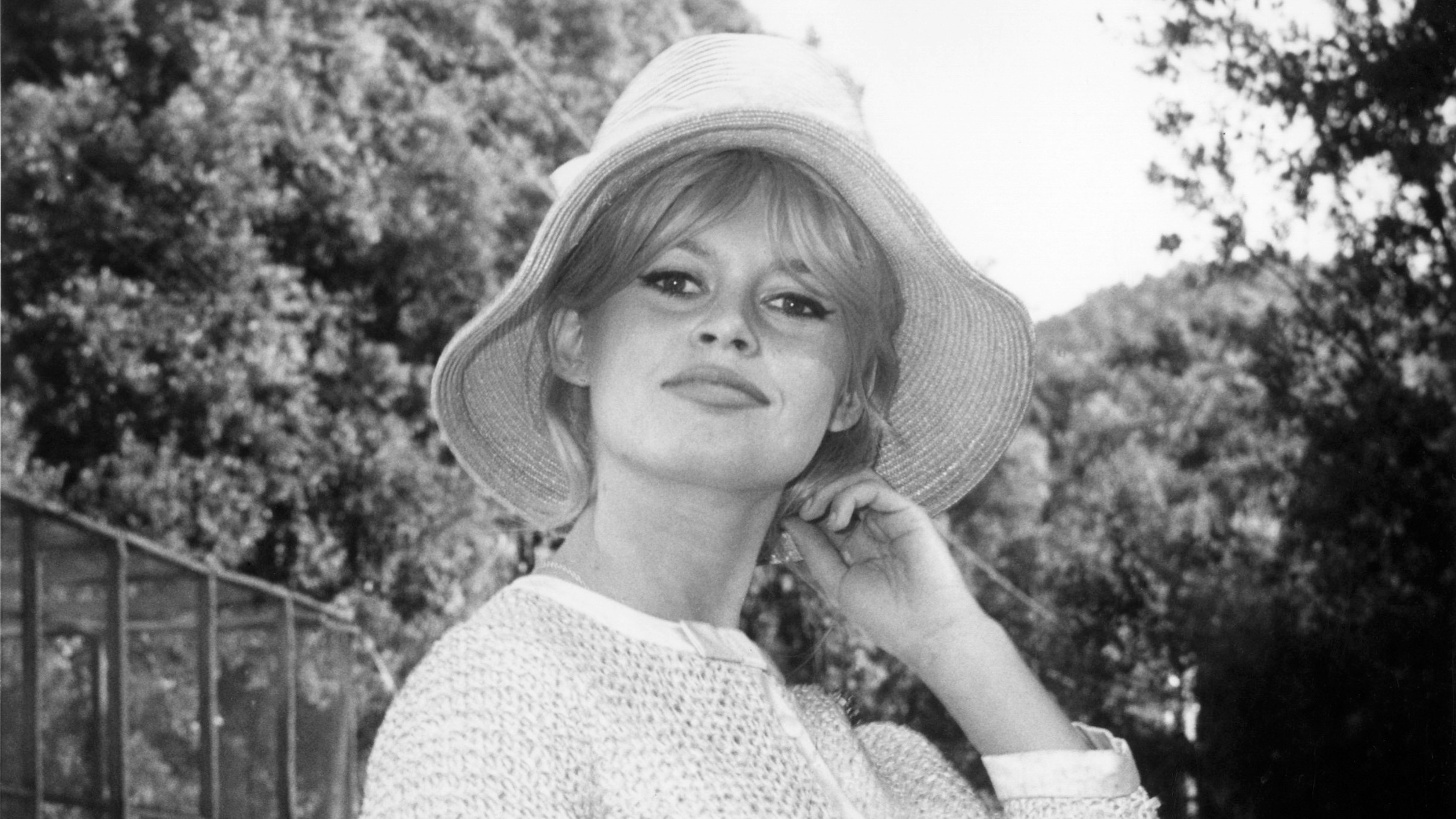The trials and controversy surrounding the planting of a weeping willow to commemorate Brexit Day have been documented in a film.
The Brexit Tree was eventually planted on January 31, 2020, in the Aberdeenshire town of Huntly, after a number of attempts and following national media attention.
The route has not been smooth and the tree has been attacked on more than one occasion. The frozen ground is currently preventing it being replanted following the most recent uprooting.
Local arts organisation, Deveron Projects, commissioned the work after they thought it might be a good idea to memorialise the moment in some form of monument.

Claudia Zeiske, founding director, said: “There was a division in society for so many months, so many years.
“It was an important moment in history and we have so many monuments.
“So we wanted to commission something that brings people together again.”
Deveron Projects, named after the river than runs through the town, was approached by German artists Clemens Wilhelm who proposed planting a tree.
“The Brexit Tree is paradoxical just like Brexit.”
Clemens Wilhelm
Mr Wilhelm said: “The Brexit Tree is paradoxical just like Brexit. Both Brexit camps can see their thoughts and feelings mirrored in this tree.
“In many cultures the weeping willow is seen as a tree of rebirth and healing, both are usually a triumph.”
However, when the national media picked up the story in December 2018, it proved divisive.
Headlines like “German artist to plant weeping willow tree to mark ‘loss and sorrow’ of Brexit” failed, the artists believes, to consider the “ambivalence” of the artwork and what it represents.
But as social media comments raged around the world, the project was covered by over 75 newspapers, it also sparked a controversy in Huntly itself.

A photoshopped impression of how the tree would look showed it on the banks of the river Deveron, its branches dangling above the water.
But this location, known as Huntly Beach, has been a favourite swimming spot for locals for generations and they wanted to know why a weeping willow was going to encroach on it.
“It did cause a Facebook flurry,” said Ms Zieske. “We had a public meeting, we made a sort of map, and people suggested another spot.
“We wouldn’t have planted it there anyway. It was a photoshop thing. My own children swim there.”
After several delays, when it seemed as though Brexit may or not happen, the willow was eventually planted but that was not the end.

The Brexit Tree has been attacked three times and the culprits have not been found.
Ms Zeiske said: “We never found out if it was people who has a problem with the concept or not.
“We have a lot of vandalism in town. But the really good thing about the willow tree is the more you damage it then more it grows.”
“If it is someone who has done it because they’re pro-Brexit, frankly that is a bit silly.”
Councillor Robbie Withey
Conservative councillor for Huntly, Strathbogie and Howe of Alford, Robbie Withey, who voted to leave the EU, said he understood the tree as being there for both “Brexiteers and Remainers”.
He said: “It’s a tree for everybody. If you want to go and celebrate Brexit or commiserate Brexit.
“If it is someone who has done it because they’re pro-Brexit, frankly that is a bit silly.

“There is a lot of vandalism right across the area.
“Whatever you voted, it’s time to accept and for the healing process to start and we need to move forward together.”
Mr Wilhelm said: “A lot of people predicted the vandalism. For me this only adds to the work and makes the story more interesting.
“I did not take it personally because you have to expect any kind of response when you place something in public space.”
“It is really hard to kill a willow – or an idea. In a fascinating way, this attempt to kill the tree only produced many more trees which will be planted in the future by the tree stewards.”
“A lot of people predicted the vandalism.”
Clemens Wilhelm
On February 4, a film by Jan Martinec documenting the project had its online premiere virtually hosted by Hawick-based Alchemy Film and Arts.
Dundee-born writer and broadcaster A. L. Kennedy, who was present and the planting of the tree, took part in a live Q and A after the screening from Essex.
She said if the tree had been planted in Essex, it would be “the burning tree or the uprooted tree”.

Ms Kennedy said: “If you put a physical object in a community where it hasn’t been, you have to be so careful.
“If they find it funny they will make fun of it, it is a tradition to put a cone on that statue in Glasgow and now it’s a symbol of the city.”
For updates on where you can see the film visit here.
Follow STV News on WhatsApp
Scan the QR code on your mobile device for all the latest news from around the country


 The Brexit Tree
The Brexit Tree
























